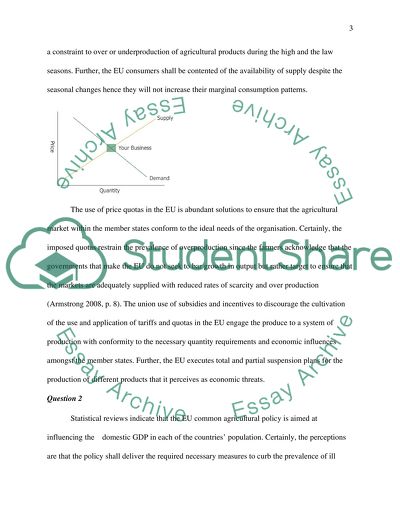Cite this document
(“Case study: The Common Agricultural Policy of the European Union Essay”, n.d.)
Case study: The Common Agricultural Policy of the European Union Essay. Retrieved from https://studentshare.org/macro-microeconomics/1636853-case-study-the-common-agricultural-policy-of-the-european-union
Case study: The Common Agricultural Policy of the European Union Essay. Retrieved from https://studentshare.org/macro-microeconomics/1636853-case-study-the-common-agricultural-policy-of-the-european-union
(Case Study: The Common Agricultural Policy of the European Union Essay)
Case Study: The Common Agricultural Policy of the European Union Essay. https://studentshare.org/macro-microeconomics/1636853-case-study-the-common-agricultural-policy-of-the-european-union.
Case Study: The Common Agricultural Policy of the European Union Essay. https://studentshare.org/macro-microeconomics/1636853-case-study-the-common-agricultural-policy-of-the-european-union.
“Case Study: The Common Agricultural Policy of the European Union Essay”, n.d. https://studentshare.org/macro-microeconomics/1636853-case-study-the-common-agricultural-policy-of-the-european-union.


